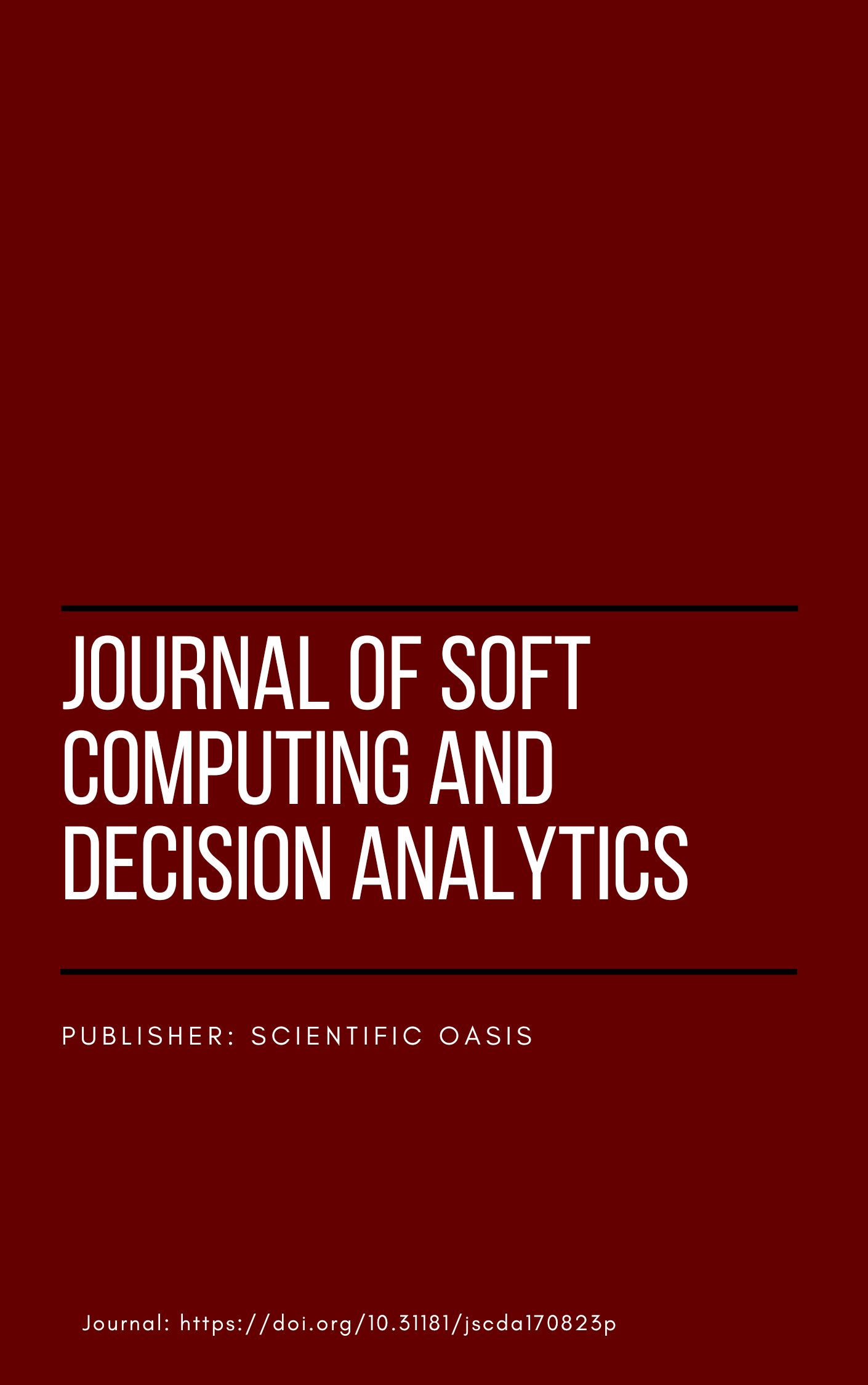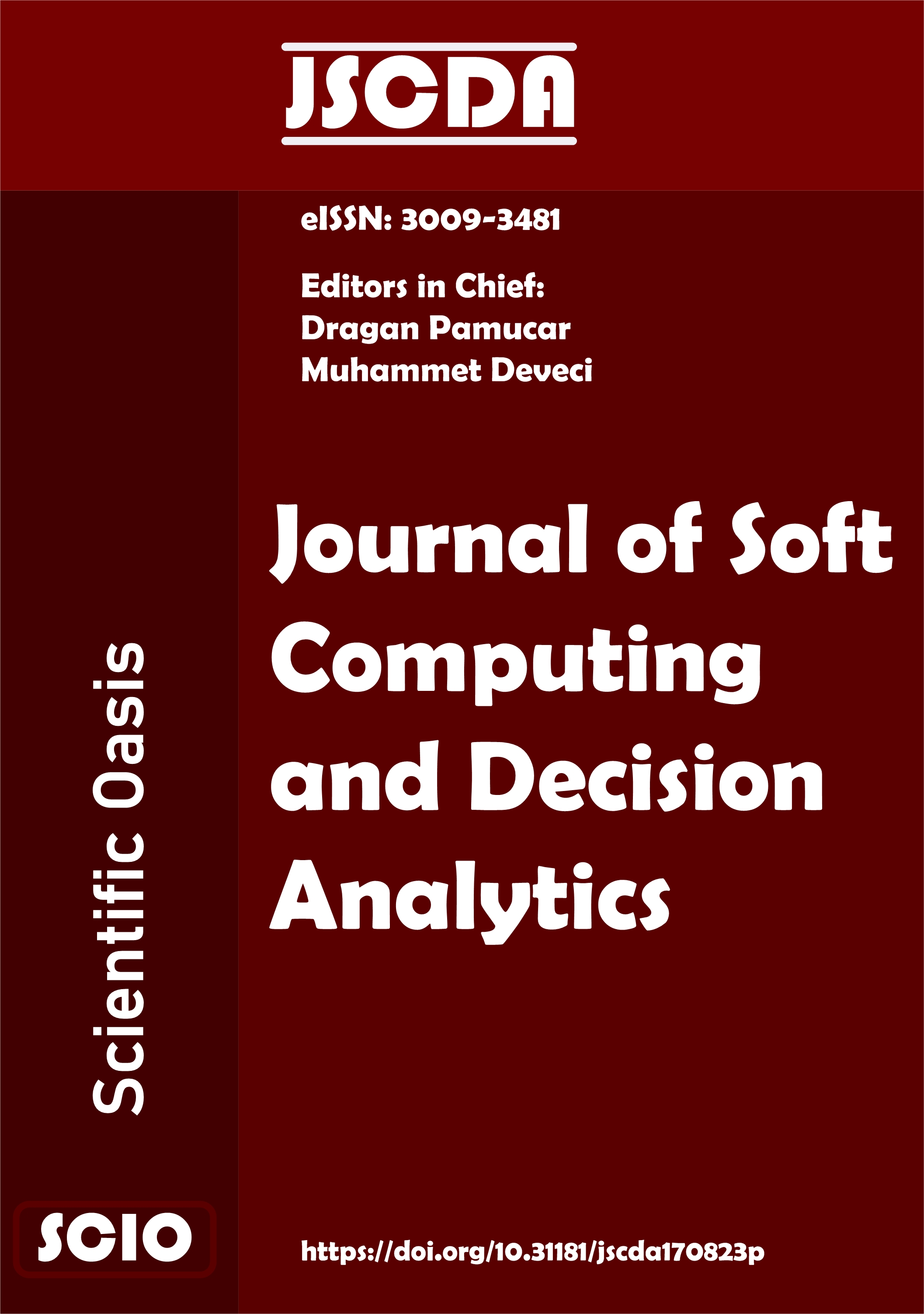Estimation of Operation Time with Digital Twin in Manufacturing
DOI:
https://doi.org/10.31181/jscda21202429Keywords:
Automated machine learning (AutoML), CNC, Digital twin philosophy, Operation time, PredictionAbstract
There are two most important factors that are taken into consideration in businesses. One of them is time and the other is cost. In order to save time and cost, planning of production subcomponents involves a series of critical activities. Making more effective plans in the field of production has become possible with industry 4.0. Industry 4.0 includes the digitalization of production. One of the most popular topics in this process is the Digital Twin [DT]. The DT philosophy has enabled businesses to better understand the sub-processes of production. In this way, they can optimize them. With the development of this philosophy, more detailed models have been created. Enterprises keep their data under control in order to control, manage and optimize processes. These data are then utilized in the model building process. The aim of this study is to estimate the time from the moment a product enters the process to the moment it leaves the process by using the data obtained through time study etc. studies. Automated machine learning (AutoML) method is used to build the best model. Machine learning (ML) algorithms, which are popularly used in the literature, may not always give the best result. In order to prevent this, starting from the data preprocessing step, including hyperparameter optimization, the aim is to find the algorithm and parameters that give the best performance. It will contribute to DT studies by estimating the operation time. The study used a 115-row dataset from CNC machines. The dataset consists of velocity, motion and actual time. The actual time is tried to be estimated using motion/speed. It is aimed to achieve the best results with AutoML. lazy predict and tpot library were used in the study. As a result, an estimation of the duration of 100% was realized.
References
Segreto, T., Simeone, A., & Teti, R. (2014). Principal component analysis for feature extraction and NN pattern recognition in sensor monitoring of chip form during turning. CIRP Journal of Manufacturing Science and Technology, 7(3), 202-209., https://doi.org/10.1016/j.cirpj.2014.04.005
Garg, A., Tai, K., & Panda, B. N. (2017). System identification: Survey on modeling methods and models. In Artificial Intelligence and Evolutionary Computations in Engineering Systems: Proceedings of ICAIECES 2016 (pp. 607-615). Springer Singapore. https://doi.org/10.1007/978-981-10-3174-8_51
Bajjou, M. S., Chafi, A., & En-Nadi, A. (2017). A comparative study between lean construction and the traditional production system. International Journal of Engineering Research in Africa, 29, 118-132. https://doi.org/10.4028/www.scientific.net/JERA.29.118
Negri, E., Fumagalli, L., & Macchi, M. (2017). A review of the roles of digital twin in CPS-based production systems. Procedia manufacturing, 11, 939-948. https://doi.org/10.1016/j.promfg.2017.07.198
He, B., & Bai, K. J. (2021). Digital twin-based sustainable intelligent manufacturing: A review. Advances in Manufacturing, 9, 1-21. https://doi.org/10.1007/s40436-020-00302-5
Zhang, H., Yan, Q., & Wen, Z. (2020). Information modeling for cyber-physical production system based on digital twin and AutomationML. The international journal of advanced manufacturing technology, 107, 1927-1945. https://doi.org/10.1007/s00170-020-05056-9
Zhuang, C., Liu, J., & Xiong, H. (2018). Digital twin-based smart production management and control framework for the complex product assembly shop-floor. The international journal of advanced manufacturing technology, 96, 1149-1163. https://doi.org/10.1007/s00170-018-1617-6
Wang, K. J., Lee, T. L., & Hsu, Y. (2020). Revolution on digital twin technology—a patent research approach. The International Journal of Advanced Manufacturing Technology, 107, 4687-4704. https://doi.org/10.1007/s00170-020-05314-w
Park, K. T., Lee, J., Kim, H. J., & Noh, S. D. (2020). Digital twin-based cyber physical production system architectural framework for personalized production. The International Journal of Advanced Manufacturing Technology, 106, 1787-1810. https://doi.org/10.1007/s00170-019-04653-7
Yildiz, E., Møller, C., & Bilberg, A. (2021). Demonstration and evaluation of a digital twin-based virtual factory. The International Journal of Advanced Manufacturing Technology, 114(1-2), 185-203. https://doi.org/10.1007/s00170-021-06825-w
El Mekkaoui, S., Benabbou, L., & Berrado, A. (2022). Machine Learning Models for Efficient Port Terminal Operations: Case of Vessels’ Arrival Times Prediction. IFAC-PapersOnLine, 55(10), 3172-3177. https://doi.org/10.1016/j.ifacol.2022.10.217
Ba, A., Lynch, K., Ploennigs, J., Schaper, B., Lohse, C., & Lorenzi, F. (2022). Automated Configuration of Heterogeneous Graph Neural Networks With a Semantic Math Parser for IoT Systems. IEEE Internet of Things Journal, 10(2), 1042-1052. https://doi.org/10.1109/JIOT.2022.3204889
Cao, J., Li, Y., Qu, Z., Dong, Y., Liu, Y., & Zhang, R. (2023). A new method for axis adjustment of the hydro-generator unit using machine learning. Scientific Reports, 13(1), 2935. https://doi.org/10.1038/s41598-023-30121-0
Siqueira-Filho, E. A., Lira, M. F. A., Converti, A., Siqueira, H. V., & Bastos-Filho, C. J. (2023). Predicting Thermoelectric Power Plants Diesel/Heavy Fuel Oil Engine Fuel Consumption Using Univariate Forecasting and XGBoost Machine Learning Models. Energies, 16(7), 2942. https://doi.org/10.3390/en16072942
Afolabi, I. C., Epelle, E. I., Gunes, B., Güleç, F., & Okolie, J. A. (2022). Data-Driven Machine Learning Approach for Predicting the Higher Heating Value of Different Biomass Classes. Clean Technologies, 4(4), 1227-1241. https://doi.org/10.3390/cleantechnol4040075
Chen, H., & Birkelund, Y. (2021, December). An Evaluation on Diverse Machine Learning Algorithms for Hourly Univariate Wind Power Prediction in the Arctic. In Journal of Physics: Conference Series (Vol. 2141, No. 1, p. 012016). IOP Publishing. https://doi.org/10.1088/1742-6596/2141/1/012016
Siddig, O., Gamal, H., Elkatatny, S., & Abdulraheem, A. (2021). Real-time prediction of Poisson’s ratio from drilling parameters using machine learning tools. Scientific Reports, 11(1), 12611. https://doi.org/10.1038/s41598-021-92082-6
Tuegel, E. J., Ingraffea, A. R., Eason, T. G., & Spottswood, S. M. (2011). Reengineering aircraft structural life prediction using a digital twin. International Journal of Aerospace Engineering, 2011. https://doi.org/10.1155/2011/154798
Glaessgen, E., & Stargel, D. (2012, April). The digital twin paradigm for future NASA and US Air Force vehicles. In 53rd AIAA/ASME/ASCE/AHS/ASC structures, structural dynamics and materials conference 20th AIAA/ASME/AHS adaptive structures conference 14th AIAA (p. 1818). https://doi.org/10.2514/6.2012-1818
Gabor, T., Belzner, L., Kiermeier, M., Beck, M. T., & Neitz, A. (2016, July). A simulation-based architecture for smart cyber-physical systems. In 2016 IEEE international conference on autonomic computing (ICAC) (pp. 374-379). IEEE. https://doi.org/10.1109/ICAC.2016.29
Garetti, M., Rosa, P., & Terzi, S. (2012). Life cycle simulation for the design of product–service systems. Computers in Industry, 63(4), 361-369. https://doi.org/10.1016/j.compind.2012.02.007
Downloads
Published
Issue
Section
License
Copyright (c) 2023 Scientific Oasis

This work is licensed under a Creative Commons Attribution-NonCommercial-NoDerivatives 4.0 International License.
















